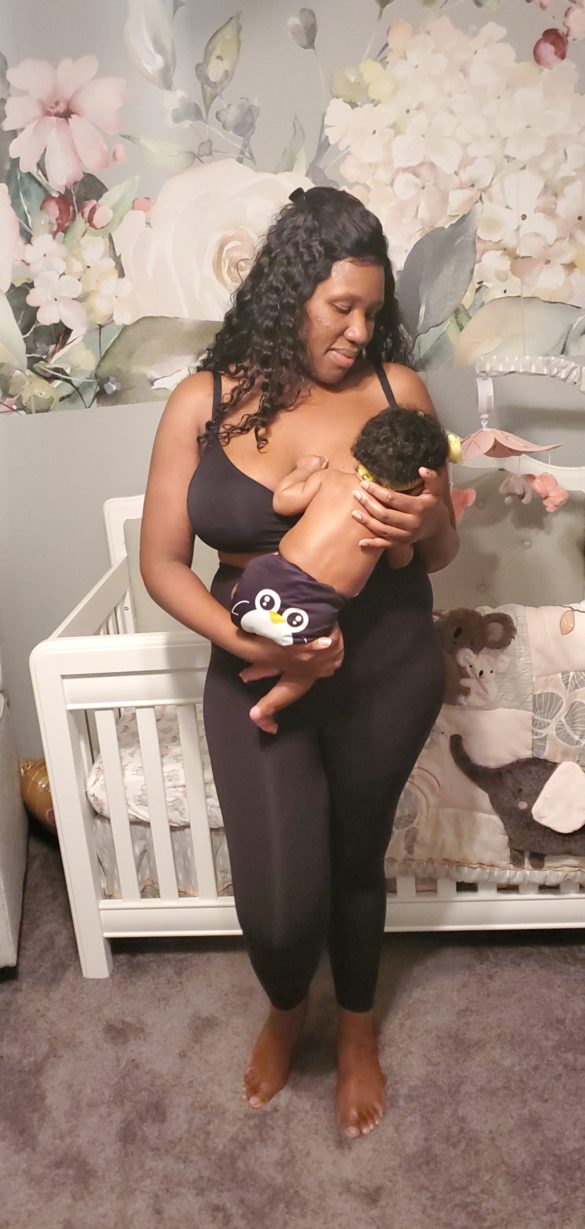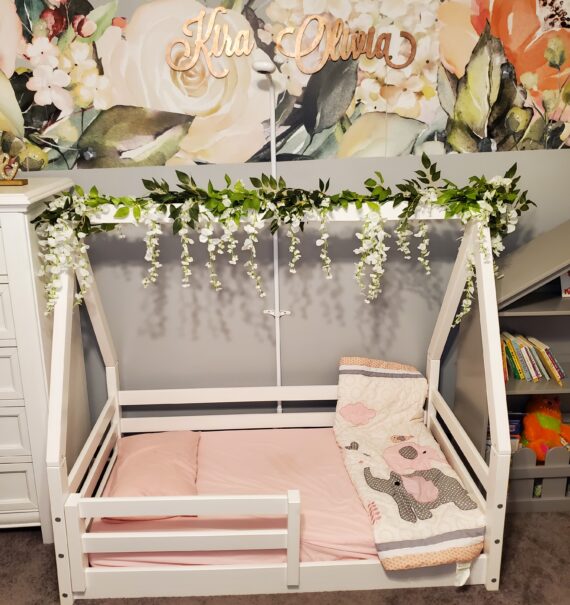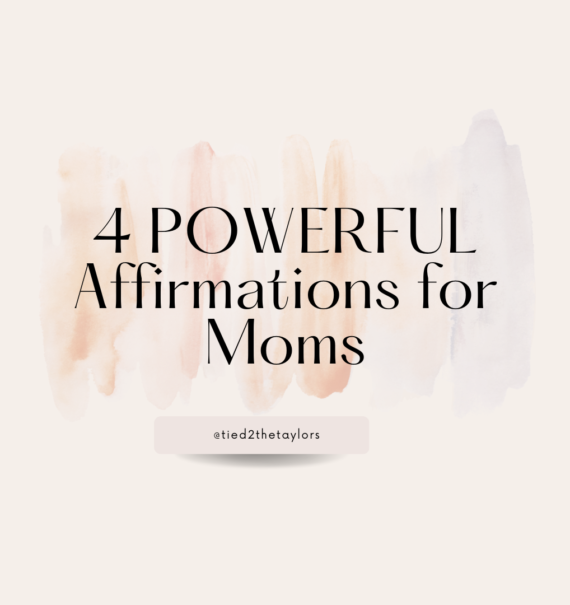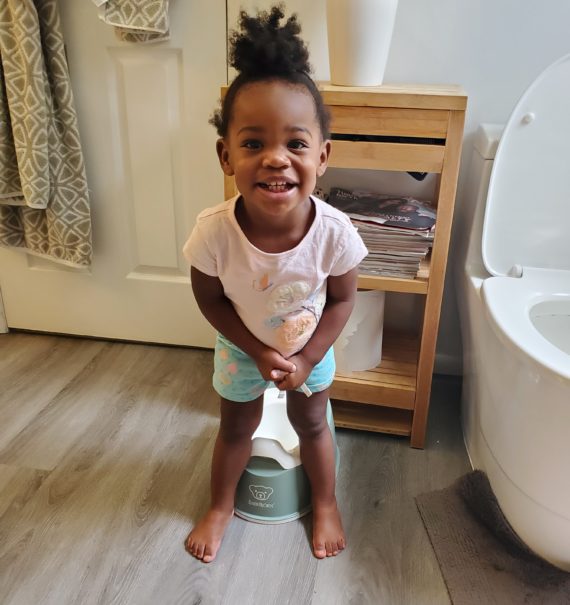Pro Tips For Breastfeeding Success
The truth is I struggled with breastfeeding my baby. Something so natural felt so very unnatural for us. I thought it would be easy but nobody tells you how painful and difficult it can be especially in the first few weeks of giving birth. The current recommendation from the World Health Organization is to breastfeed exclusively for 6 months then complementary until the child is at least 2 years old (and beyond). But it’s so easy to give up without adequate support and resources. Being prepared for the journey is the best way to get over the ‘hump’ of breastfeeding.
The hump that I’m referring to is that first 3-4 weeks. Your nipples are raw and sore and you are feeding your newborn every 1.5-2 hours. You don’t even have a chance to let your breasts rest and heal before the next feeding. I used to cringe every time she cried for milk. It was very painful. I would read articles that said that breastfeeding shouldn’t be painful and I thought I was doing something wrong. But that is simply not true. While nipple pain can be a sign of a poor latch, you can still have pain even with a perfect latch while you get used to feeding your baby for the first time. So don’t be discouraged.
Avoid Nipple Confusion
In the first 4-6 weeks you should avoid giving any nipple other than the breast. That means no bottle or pacifier until breastfeeding is well established. This was easier said than done but remember that this is just the short leg of the race if you plan to breastfeed for 6 months or longer. That sacrifice you make in the beginning will set you up for long term success so you can stick with it down the road. Doing this also helps you to regulate your supply early on. La Leche League International has very good information on exactly when/how to introduce bottles to breastfed babies. Yes waking up every 2 hours round the clock is exhausting! But it is worth the wait. Have family help in other ways like giving a bath or changing diapers.
Delay Pumping
This is a biggie! Unless you are going back to work right away or your baby is still in the hospital or away from you, the recommendation is to refrain from pumping in the first 4-6 weeks. The reason is that you need your body to regulate based on your babies feeding needs. After breastfeeding is well established you can introduce pumping into your routine. This prevents the oh so dreaded engorgement due to an oversupply of milk. I got fullness when my mature milk came in but never engorged. Evidence based research supports this.
Invest In Breastfeeding Comfort
We are already doing the hard part of being responsible for 100% of our babies nutritional needs. As a mom, you need to be comfortable if you’re really gonna do this! Get a few of those clip down nursing bras. You will need quick access to your boobs when baby goes from 0-100 when hungry. Since you tend to leak alot in the beginning it’s good to have breast pads that soak everything up so you don’t mess up your clothes. Not all nursing breast pads are created equal! I found that out the hard way. These have been amazing! I even got some nursing sleepwear to make it extra convenient overnight. Think of it as a bra and nightgown in one! The last thing you want to be doing is tussling with your clothes at 3am! This all natural nipple butter works wonders for those breasts! I literally use it after every feed and its safe for baby- no need to wipe it off before a feed. Plus it’s lanolin-free which has now been shown to contain toxins.
Once you reach the 4 week minimum you may be dying to finally introduce the bottle (so you can finally get more than 1-2 hours sleep!) But since you couldn’t pump you have no milk stored yet. But there’s another way! Your other breast leaks on the other side while you are nursing. You can catch the leaky milk and store it. I am getting 1-2 ounces of leaked milk at every feeding just by doing this alone. I swear by the haakaa and is an absolute must have for nursing moms! The elvie is a good option too since it is wearable under your bra.
You nipples will definitely be needing that extra TLC. The pain from those first few weeks was almost unbearable. These silverette nursing cups gave relief to those sore, cracked nipples almost overnight! If you don’t get anything else- you will want to get these. Whenever my nipples start to feel a bit sore or cracked I go back to them and it works like a charm. You put a few drops of breastmilk in them and cover your nipples in between feedings. The power of the breastmilk and the silver works miracles. This is a true mommy must have!
Get Breastfeeding Support
Did you know that most insurances cover lactation nurse visits? I had a board certified lactation nurse consultant see me at home in the first few days of bringing my baby home. That was the best thing I could have done. Call your insurance and find out what’s covered. Use social media to find consultants in your area. Ideally this should be done before you give the birth so you aren’t scrambling when you get home. You will have more than enough on your plate with your newborn. But even if you didn’t know ahead of time it is never too late to find a lactation nurse who can do visits virtually or in home. During my in home visit the nurse evaluated the feeding session and gave tips on good latching. She weighed the baby before and after and was able to tell how many ounces she took in. She also reassured me about the things I was doing right.
Whatever you do remember that your own personal commitment level will determine whether you stick with it or not. Just know that it is worth it for your baby in the end.













Comments
Trackbacks & Pingbacks
[…] Pro Tips For Breastfeeding Success […]